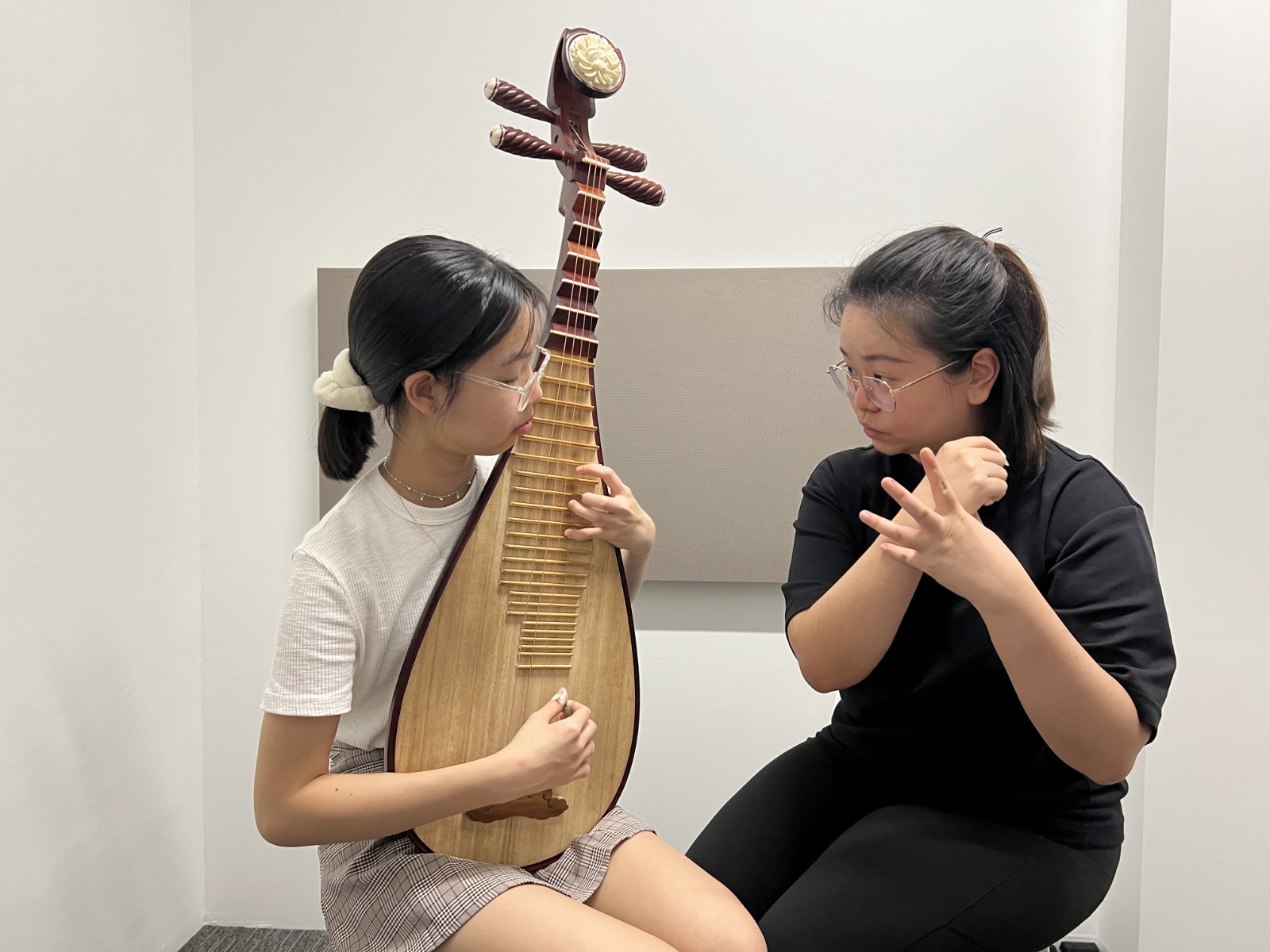Harmony in Strings: Unveiling the Origins and Evolution of Pipa Lessons

The Pipa, a traditional Chinese musical instrument, has a rich history that dates back over two thousand years. Its unique pear-shaped body, delicate strings, and captivating melodies have made it a beloved instrument in Chinese culture. The journey of learning the Pipa, however, is not merely about mastering the strings but delving into the cultural tapestry that weaves its roots.
The origins of Pipa lessons can be traced to ancient China, where the instrument first emerged during the Han Dynasty (206 BCE to 220 CE). Initially known as the "pípá" or "pi-ba," it was brought to China from Central Asia along the Silk Road. The Pipa's popularity quickly soared, finding a place in the imperial courts, traditional Chinese orchestras, and even in the hands of wandering musicians who roamed the streets, sharing their musical tales.
The art of playing the Pipa is not just about producing beautiful sounds; it is a form of storytelling deeply embedded in Chinese traditions. Pipa lessons, therefore, go beyond technical skill development; they are a gateway to understanding the historical, cultural, and emotional dimensions of Chinese music.
Early Pipa lessons were often passed down orally from master to student, creating a lineage of skilled musicians who preserved and expanded the art form. These lessons encompassed not only the techniques of playing but also the stories, myths, and emotions behind each composition. The Pipa, with its expressive range, became a medium through which musicians could convey a myriad of emotions—from joy and celebration to sorrow and reflection.
As the centuries unfolded, the art of Pipa playing evolved. The Tang Dynasty (618-907 CE) saw the emergence of more sophisticated playing techniques, with the instrument gaining frets to enhance its melodic capabilities. This marked a turning point in the approach to Pipa lessons, as teachers began to formalize the teaching methods, introducing notation systems to capture the intricacies of the music.
During the Song Dynasty (960-1279 CE), the Pipa underwent further modifications, acquiring additional strings and fine-tuning its design. This period also witnessed the establishment of academies dedicated to the teaching and preservation of traditional Chinese music, including the Pipa. Lessons in these academies became more structured, with a focus on both theoretical knowledge and practical skills.
The Ming (1368-1644 CE) and Qing (1644-1912 CE) Dynasties saw the Pipa reaching new heights of popularity. It became an integral part of various musical ensembles, accompanying opera performances, storytelling, and dance. Pipa lessons, now more formalized, attracted students from diverse backgrounds, fostering a community of musicians dedicated to honing their craft.
The 20th century brought both challenges and opportunities for the Pipa. With the advent of modernization and Western influences, traditional Chinese music faced the risk of fading into obscurity. However, a renewed interest in preserving cultural heritage led to a resurgence of Pipa lessons and performances. Masters of the Pipa, recognizing the need to adapt to changing times, began incorporating modern teaching methods while retaining the essence of ancient traditions.
Today, Pipa lessons continue to thrive, both in China and around the world. The instrument has found a global audience, captivating listeners with its evocative tones and intricate melodies. Traditional Pipa teachers, often trained in prestigious conservatories, pass on their knowledge to new generations, ensuring that the art form remains vibrant and relevant.
In conclusion, the origins of Pipa lessons are deeply intertwined with the history of China and its musical heritage. From the ancient streets of the Han Dynasty to the modern classrooms of conservatories, the Pipa has endured as a symbol of cultural continuity. Lessons in Pipa playing are not just about mastering an instrument; they are a journey through time, exploring the stories and emotions that resonate through the strings, creating a harmonious blend of tradition and innovation.